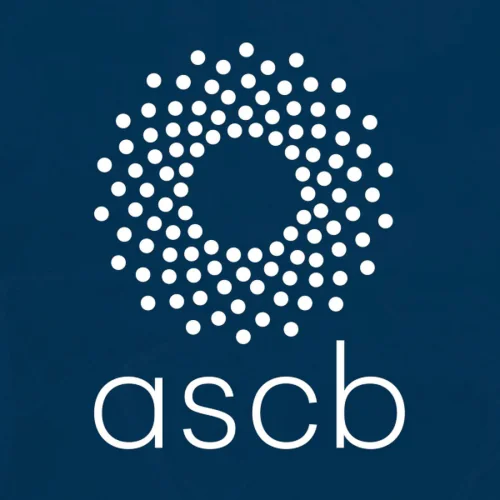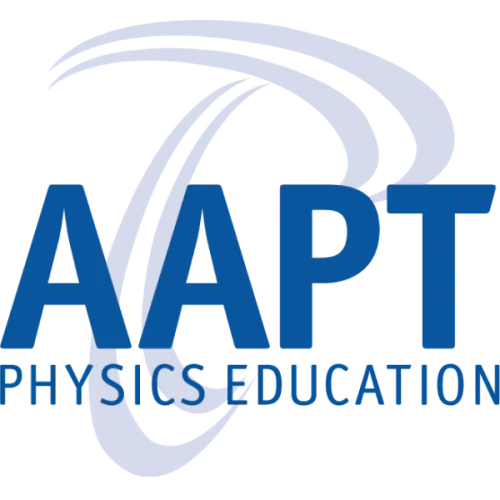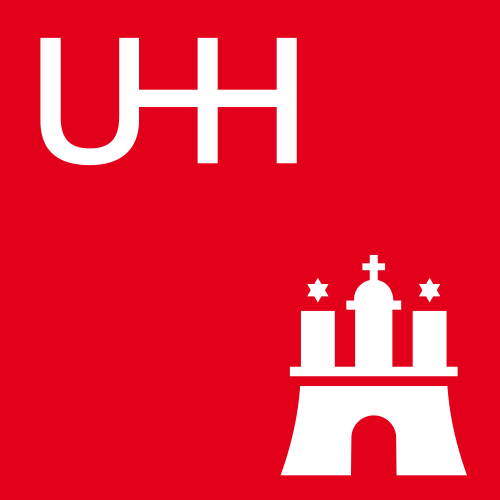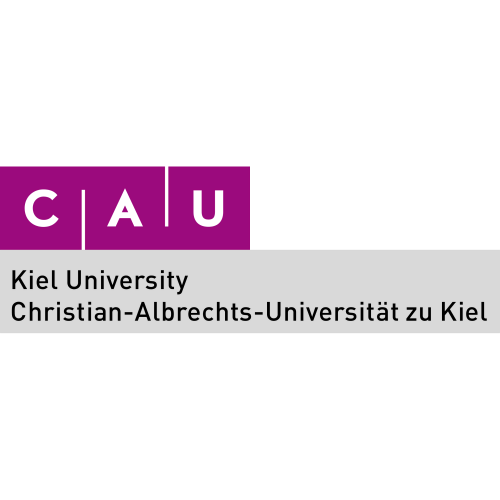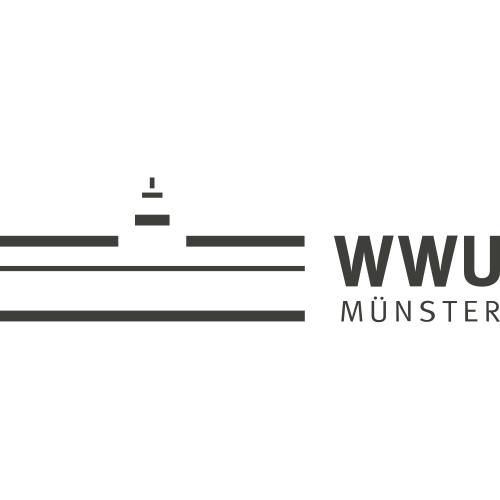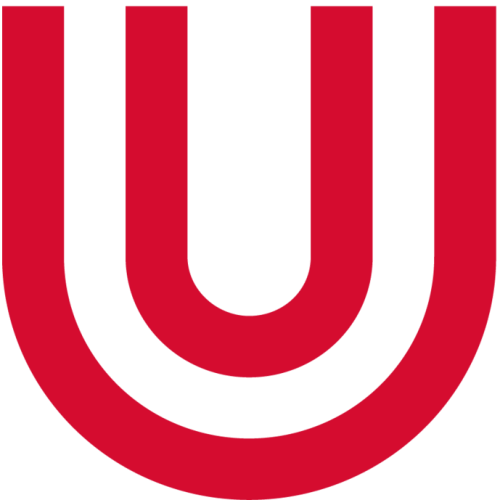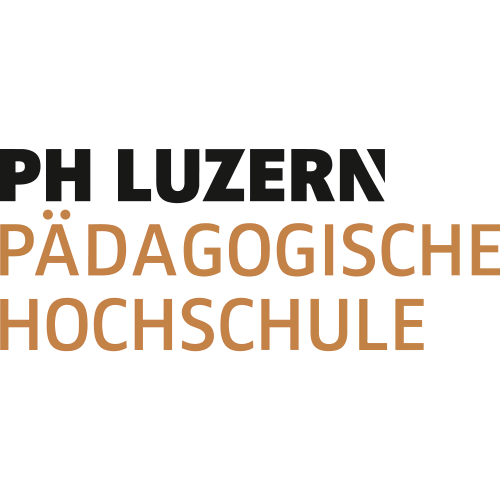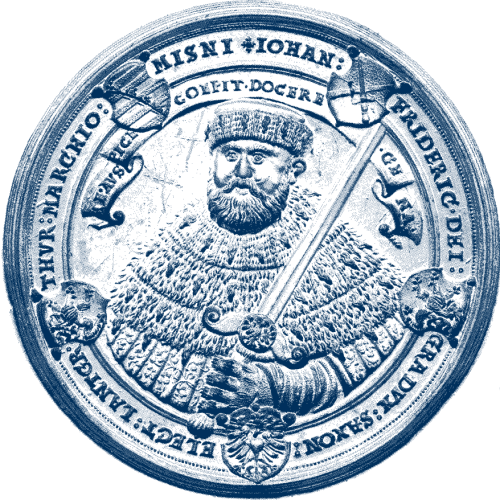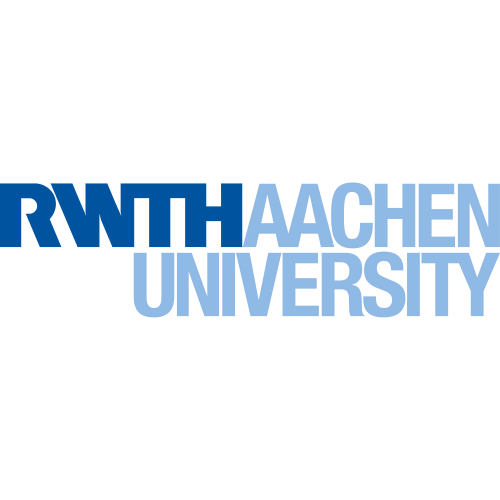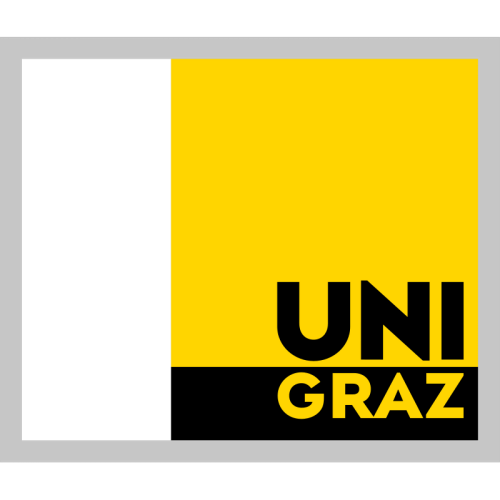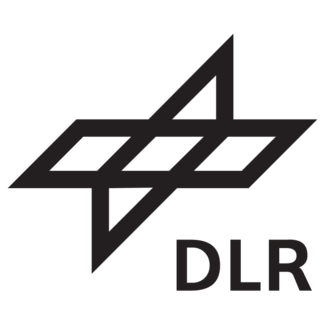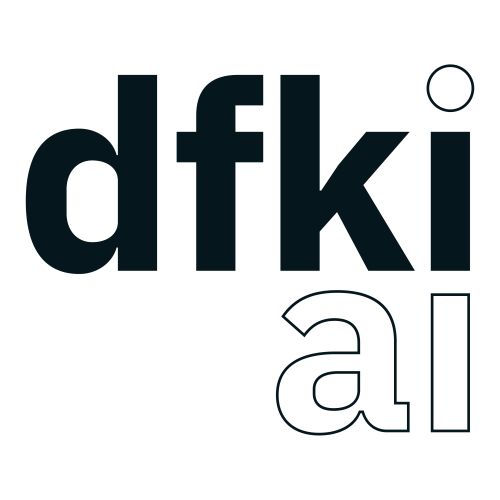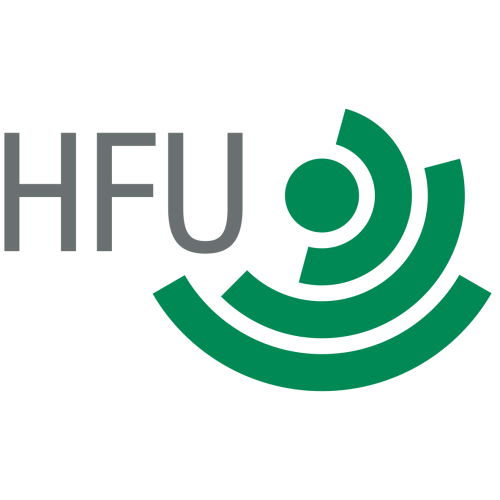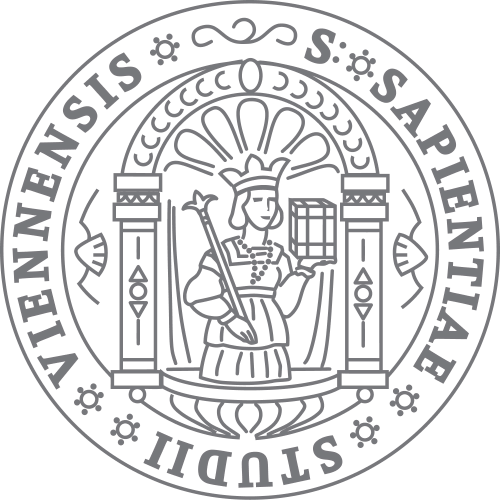Zeitschrift für Didaktik der Naturwissenschaften
Are you a researcher?
Create a profile to get free access to personal recommendations for colleagues and new articles.
Years of issue
2024-2025
journal names
Zeitschrift für Didaktik der Naturwissenschaften
Top-3 citing journals

Zeitschrift für Didaktik der Naturwissenschaften
(192 citations)

Education Sciences
(57 citations)

International Journal of Science Education
(48 citations)
Top-3 organizations

University of Duisburg-Essen
(30 publications)

Leibniz Institute for Science and Mathematics Education
(29 publications)

Leibniz University Hannover
(12 publications)

Free University of Berlin
(7 publications)

Leibniz Institute for Science and Mathematics Education
(7 publications)

University of Duisburg-Essen
(6 publications)
Top-3 countries
Most cited in 5 years
Found
Nothing found, try to update filter.
Found
Nothing found, try to update filter.
Top-100
Citing journals
Citing publishers
|
50
100
150
200
250
300
350
400
450
500
|
|
|
Springer Nature
494 citations, 42.88%
|
|
|
Taylor & Francis
93 citations, 8.07%
|
|
|
MDPI
86 citations, 7.47%
|
|
|
Wiley
80 citations, 6.94%
|
|
|
Frontiers Media S.A.
51 citations, 4.43%
|
|
|
Elsevier
28 citations, 2.43%
|
|
|
American Physical Society (APS)
21 citations, 1.82%
|
|
|
IOP Publishing
21 citations, 1.82%
|
|
|
Walter de Gruyter
11 citations, 0.95%
|
|
|
American Chemical Society (ACS)
9 citations, 0.78%
|
|
|
Royal Society of Chemistry (RSC)
9 citations, 0.78%
|
|
|
American Society for Cell Biology (ASCB)
7 citations, 0.61%
|
|
|
SAGE
6 citations, 0.52%
|
|
|
American Association of Physics Teachers (AAPT)
5 citations, 0.43%
|
|
|
Institute of Electrical and Electronics Engineers (IEEE)
5 citations, 0.43%
|
|
|
Modestum Ltd
5 citations, 0.43%
|
|
|
Eurasian Society of Educational Research
4 citations, 0.35%
|
|
|
Hogrefe Publishing Group
4 citations, 0.35%
|
|
|
Emerald
2 citations, 0.17%
|
|
|
Association for Computing Machinery (ACM)
2 citations, 0.17%
|
|
|
Verlag Hans Huber AG
2 citations, 0.17%
|
|
|
Scientific Methodical Center
2 citations, 0.17%
|
|
|
Ubiquity Press
2 citations, 0.17%
|
|
|
Society of Japan Science Teaching
2 citations, 0.17%
|
|
|
World Scientific
1 citation, 0.09%
|
|
|
Copernicus
1 citation, 0.09%
|
|
|
JMIR Publications
1 citation, 0.09%
|
|
|
IGI Global
1 citation, 0.09%
|
|
|
Bastas Publications
1 citation, 0.09%
|
|
|
50
100
150
200
250
300
350
400
450
500
|
Publishing organizations
Publishing organizations in 5 years
Publishing countries
|
20
40
60
80
100
120
140
160
|
|
|
Germany
|
Germany, 159, 87.85%
Germany
159 publications, 87.85%
|
|
Switzerland
|
Switzerland, 12, 6.63%
Switzerland
12 publications, 6.63%
|
|
Austria
|
Austria, 7, 3.87%
Austria
7 publications, 3.87%
|
|
USA
|
USA, 1, 0.55%
USA
1 publication, 0.55%
|
|
Egypt
|
Egypt, 1, 0.55%
Egypt
1 publication, 0.55%
|
|
Luxembourg
|
Luxembourg, 1, 0.55%
Luxembourg
1 publication, 0.55%
|
|
Netherlands
|
Netherlands, 1, 0.55%
Netherlands
1 publication, 0.55%
|
|
20
40
60
80
100
120
140
160
|
Publishing countries in 5 years
|
5
10
15
20
25
30
35
40
45
50
|
|
|
Germany
|
Germany, 46, 58.97%
Germany
46 publications, 58.97%
|
|
Switzerland
|
Switzerland, 5, 6.41%
Switzerland
5 publications, 6.41%
|
|
Austria
|
Austria, 4, 5.13%
Austria
4 publications, 5.13%
|
|
USA
|
USA, 1, 1.28%
USA
1 publication, 1.28%
|
|
5
10
15
20
25
30
35
40
45
50
|












